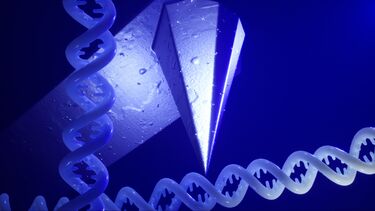Imaging and characterisation
Providing support and access to cutting-edge techniques applicable across the entire scope of the Henry Royce Institute's research framework.

Introduction and Scope
The Imaging and Characterisation research area provides a technique focus, which complements the application-based approach for most of Royce’s other research areas. We aim to:
- Support Royce and partners in providing state-of-the-art equipment and facilities for the imaging and characterisation of a diverse set of advanced materials; including: X-Ray imaging, diffraction and spectroscopy, photoelectron spectroscopy, electron microscopy and diffraction, optical microscopy, mass spectrometry, atomic force microscopy and more.
- Champion our technical staff by developing and supporting a comprehensive national network of imaging and characterisation researchers to improve cohesion, support accessible training in communication, management and technical skills, and promote wider understanding of techniques and their capabilities
- Increase external engagement across academia and industry with Royce imaging and characterisation technologies by organising workshops and other networking events
Current and Future Research
The applications of the Imaging and Characterisation capability across the partner institutes spans the entire scope of Royce’s research areas from 2D materials, advanced metals processing, atoms to devices, biomedical materials, chemical materials design, electrochemical systems, materials for demanding environments, nuclear materials and modelling and simulation.
Key areas for growth include:
- Streamlining of equipment access – making it easier to find an expert in your research area and collaborate with them
- Technical support – supporting our technical staff in training and development opportunities to maximise the support they can provide
- Showcasing our equipment – supporting open days, workshops and conferences to highlight our equipment and engage new users from across academia and industry
Key Case Studies
- Topo-Stats: Making AFM Data More Accessible
- Collaboration Rapidly Develops Rare-Earth-Free Materials
- Investigating the Nanomechanical Properties of the Surface Layers of Hair Fibres
- Developing the Next Generation of Energy Storage Materials
A part of the Henry Royce Institute
A cross-cutting theme that networks with Universities and Institutes across the entire Henry Royce Institute partnership, the Imaging and Characterisation Research Area engages the entire materials science community across the UK and beyond.
